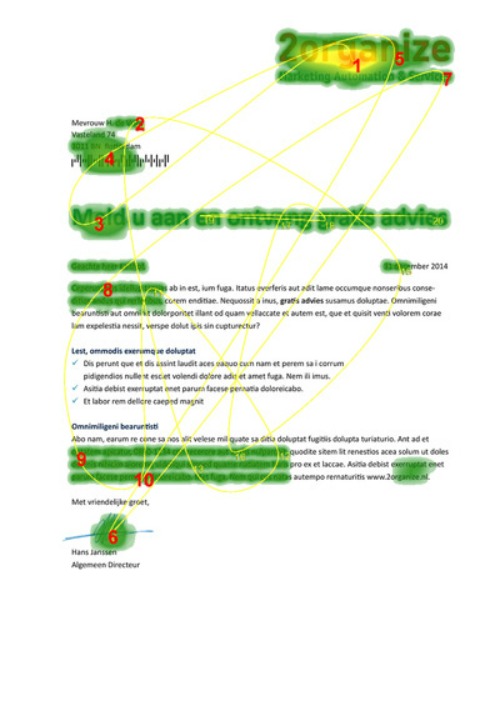I used to be a Director of Marketing and Communications for a nonprofit where I had minimal involvement with fundraising.
But then the nonprofit I was working at needed me to start writing their direct response fundraising, and I discovered a whole new world of expertise. This experience challenged the beliefs that my nonprofit and I had for how fundraising worked. But we started raising a LOT more money. Let me share my journey…
The first thing that made an impact was developing strong fundraising offers for our direct mail appeals.
This meant we started being clearer about what the donor’s gift would do or promising what would happen when they made a gift, like “your gift of $50 will provide a food basket for a child while they are on school break.”
For years, we had been sending out appeals asking people to give but we weren’t that specific about what their gift would do. We asked people to give to help children in a certain country get an education. Or give to help support a church planter.
It sort of worked. The donors who were close to the organization and the mission would respond. But people who didn’t know the organization as well just didn’t seem to respond to our direct mail appeals.
“If they understood how important this is, they would give,” was a common phrase.
But how to get donors to understand?
When I started to learn more about fundraising offers, I brought back some new ideas, and we started approaching our appeals differently.
We started digging into the line items of budgets.
We started asking our program team detailed questions about how many people were participating in different programs, and every last detail they could give us.
This research meant we could put a dollar amount to doing a specific thing. And we could ask the donor to give to do that thing.
Instead of “give to help children in (country name)” we now had “give $35 to provide a backpack full of school supplies for one child in (country name).”
Instead of “give to support a church planter” we now had “give $5 so a church planter can reach one person.”
And suddenly our appeals started to raise more money.
The main change was that we were showing donors the difference they could make for one person with a specific gift.
I remember the first appeal we sent out with one of our newly developed offers. It was year-end — not a time of year you want to fumble things. I was… worried.
I remember saying to my boss, “What if this doesn’t work?”
“You know… it’s possible it won’t work,” he said. “But let’s still try it.”
Having a boss who was open to trying things differently was a gift. (I know bosses don’t always respond like that!)
But what it came down to was this… we could keep doing things the way we had always done them and get similar results. Or we could take a calculated risk based on best practice recommendations from an expert and raise more money for our mission.
And when things are only “sort-of” working, taking a calculated risk based on expert recommendations is a smart thing to do.
My organization went from raising around $10,000 from our direct mail fundraising appeals to raising $30,000, 40,000, and even $50,000 from our direct mail fundraising appeals.
Change can be scary, especially when you’ve been doing something the same way for years. But if you can work through the fear with your team, Better Fundraising can happen for your organization as well (see what I did there?).










